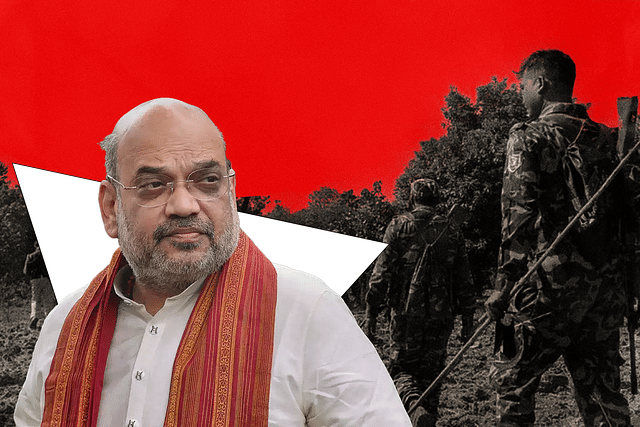
After nearly six decades of conflict, India may be on the cusp of ending its longest-running internal insurgency — the Maoist rebellion that once engulfed over a third of the nation’s districts.
A Historic Blow in Chhattisgarh
In March 2025, Indian security forces achieved a major breakthrough in their campaign against Maoist rebels. Nambala Keshava Rao, also known as Basavaraju — the chief of the CPI (Maoist) — was killed alongside 26 others in a high-profile operation in Chhattisgarh’s Bastar region. Home Minister Amit Shah described it as the most “decisive strike” in decades.
This killing marks more than a tactical win. It represents a collapse in Maoist defenses in Bastar, the rebel stronghold and symbolic heart of the insurgency. With nearly 400 suspected rebels killed since early 2024, India’s all-out offensive against Left-Wing Extremism (LWE) appears to be working.
Tracing the Red Corridor’s Decline
Once stretching from Jharkhand to Maharashtra, the so-called Red Corridor was rooted in socio-economic disenfranchisement. Since the CPI (Maoist) formed in 2004, it drew strength from neglected tribal populations fighting for their land and forest rights. The slogan “Jal, Jangal, Jameen” (Water, Forest, Land) became its ideological backbone.
But numbers tell a different story in 2025. According to India’s Home Ministry, Maoist violence has dropped by 48% in the last decade, with a 65% reduction in deaths. Chhattisgarh remains the epicenter, accounting for 63% of Maoist incidents in 2023, followed by Jharkhand (27%).
Why the Tide Turned
Experts attribute the decline to three factors: improved intelligence, strategic coordination between state police and central paramilitary forces, and better infrastructure. Roads, mobile access, and digital literacy have connected remote villages, reducing Maoist influence.
“Without mass support, no insurgency can survive,” says MA Ganapathy, a former senior official in the Home Ministry. He credits clear role coordination between central and state forces and rising aspirations among the tribal youth as pivotal reasons for the insurgency’s retreat.
Mining Interests and Tribal Rights
Resource-rich areas have long been battlegrounds. Chhattisgarh, for instance, holds vast reserves of coal, iron ore, tin, and bauxite. For decades, Maoist presence blocked corporate mining ventures. With rebels on the back foot, at least four mineral-rich zones are now up for auction as of May 2025.
“Multinational companies couldn’t enter because the Maoist movement stood in the way. But now, mining is likely to accelerate,” said N Venugopal, a long-time analyst and critic-sympathizer of the Maoists.
What’s Next: Peace or Pause?
Though the insurgency is fading, some warn against premature celebration. “There will be a lull, but Naxalism has rebounded in the past,” said Venugopal. Others, like Ganapathy, see this as the final chapter — urging the remaining rebels to consider dialogue over bloodshed.
Calls for a ceasefire are emerging, especially in Telangana and Andhra Pradesh, where civil society groups and mainstream political parties have urged for talks. According to Ranjit Sur from the Association for Protection of Democratic Rights, a two-step process involving a truce followed by negotiation could avoid further loss of life.
Conclusion: End of an Era?
The death of Basavaraju and collapse of Maoist defenses in Bastar signal a potential end to India’s longest-running insurgency. Yet the social grievances that birthed the movement — inequality, land rights, and tribal exploitation — remain unresolved. Whether this moment becomes a true endpoint or a temporary retreat will depend on how the state balances security with justice in the months ahead.
Related Read: India’s Internal Security Challenges


